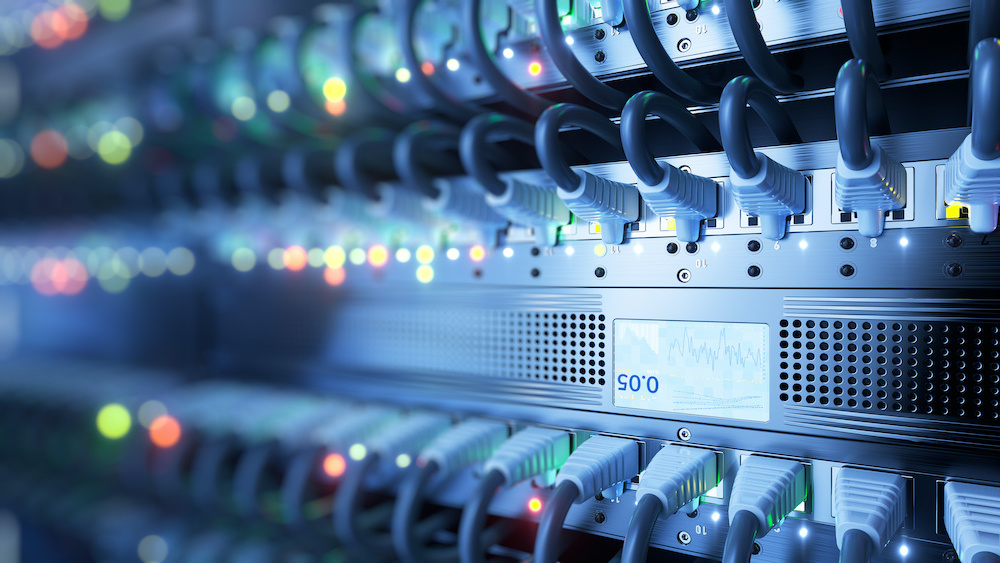
What is Fibre Broadband?
Fibre broadband is a type of high-speed broadband. With the utilisation of fibre optic cables, which are far superior at transferring data than the standard copper cable.
By data, we mean how fast the code that makes your HD streaming, game connection and internet surfing is able to go back and forth to a server. The faster the line, the faster and more data you can send and receive to and from a server.
Do I need Fibre Broadband?
You may not notice it all the time, but if you live in a shared house with a family and everyone is using the internet at the same time, your home’s allocated data is split between each user.
If you’re streaming your favourite show, you may notice the occasional buffering or quality change. Not to mention when you connect to the internet at peak times with hundreds of other users all connecting at once.
Imagine you’re in the middle of downloading a critical file for work with a slow connection. What if you’re playing a competitive video game and that one moment of slow connection costs you the game. It gets frustrating, doesn’t it?
If this happens far too often for your liking, then maybe it’s time to get an upgrade.
How does Fibre work?
As previously mentioned, fibre uses fibre optic cabling, which are able to deliver much higher speeds over much greater distances. The data travels at the literal speed of light. Unlike copper wires where certain electrical signatures either produced a one or zero for binary, fibre sends light signals down the wire at 186,000 miles per second in a sequence to create binary, the language that computers speak.
According to Ofcom, most UK homes still use ADSL broadband which uses standard copper phone lines. Although efforts by Openreach and partners are being made to supply fibre to as many homes as possible it is a big task to undergo.
Currently, there are two types of fibre broadband available; Fibre to the Cabinet (FTTC) and Fibre to the Property (FTTP).
What is FTTC?
Fibre to the Cabinet, sometimes referred to as ‘superfast broadband’ the fibre optic cable is run to a telephone exchange box where a copper cable is run the remainder of the distance to the property. You probably have seen these cabinets, a dark green cabinet, located all over the country.
What is FTTP?
Fibre to the Property which can also be called FTTH (fibre to the home), this is the ultra-fast broadband or full fibre broadband. Fibre optic cables are run the entire way into your home, this is the fastest domestic broadband speeds currently available however, availability is scarce depending on where you live.
How fast is Fibre Broadband?
Ultra-fast FTTP connections offer a minimum download of 300Mbps according to Ofcom. Superfast broadband FTTC minimum download is around 30Mbps.
Although, the actual speed is rather determined based on how far away your home is from the street cabinet.
There are some other things that can affect your top speeds;
- Wireless speed of your device
- Internal wiring of the property
- Number of users on the network
- Peak usage times
We offer three types of Fibre Broadband
What are the benefits of Fibre Broadband?
Internet Speeds
- Stream HD and 4K
- Download movies and music
- Game online
- Surf the web
- Online shopping
- Social media
- Work from home
Connection
Fibre optic cables are built to last. Much more resistant than copper wires, fibre can handle most things you could throw at it, such as, electrical interference and cold weather.
Signal Strength
The further away from an exchange you are, the more your signal strength will drop. Fibre is able to transport larger amounts of data over greater distances compared to copper lines.
Bandwidth
Bandwidth is determined by the amount of data that you can transfer in a certain time. Low bandwidth equals slow internet, especially if you have multiple users.
Copper cables were not originally designed to transfer data. The further the cable runs from a cabinet, the more bandwidth they lose. FTTC was introduced to combat slow internet speeds by making the copper cable only part of the way.
FTTP loses no bandwidth whatsoever.
Can I get Fibre?
Now you know more, now is the time to see if you can get fibre. Just enter your postcode and address into our checker to see if it is available.
